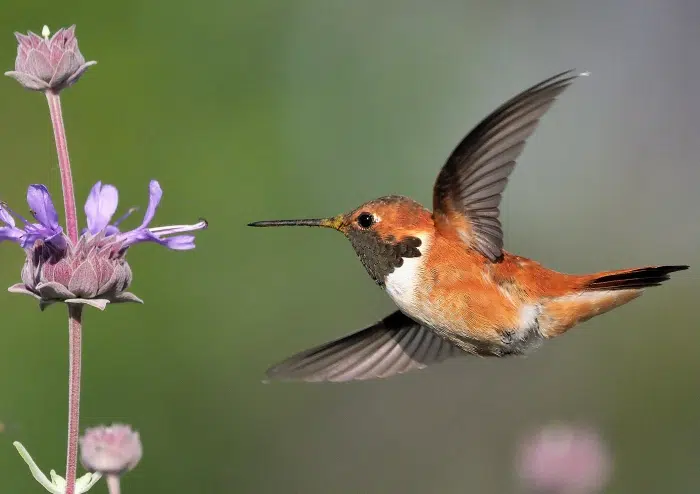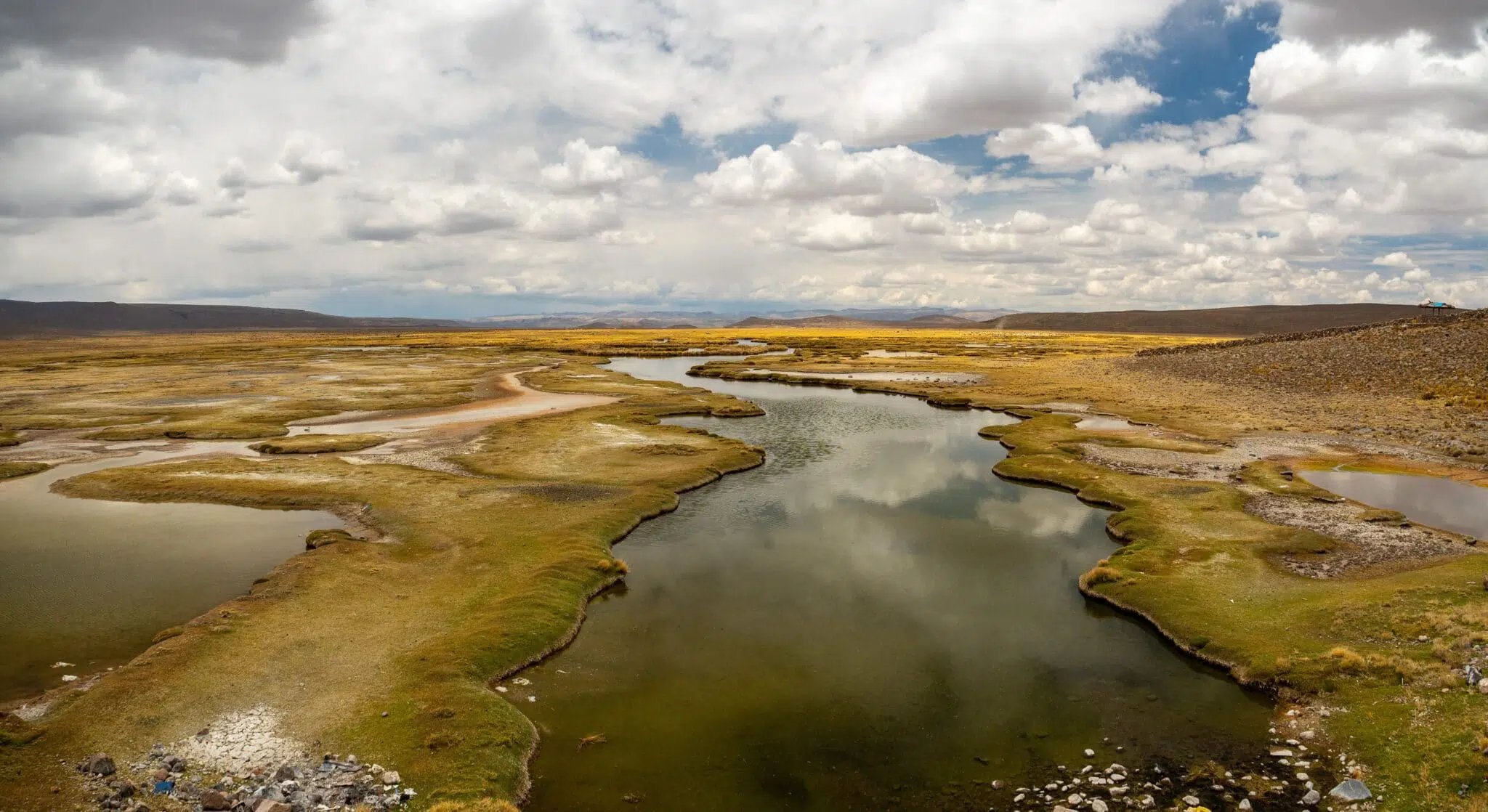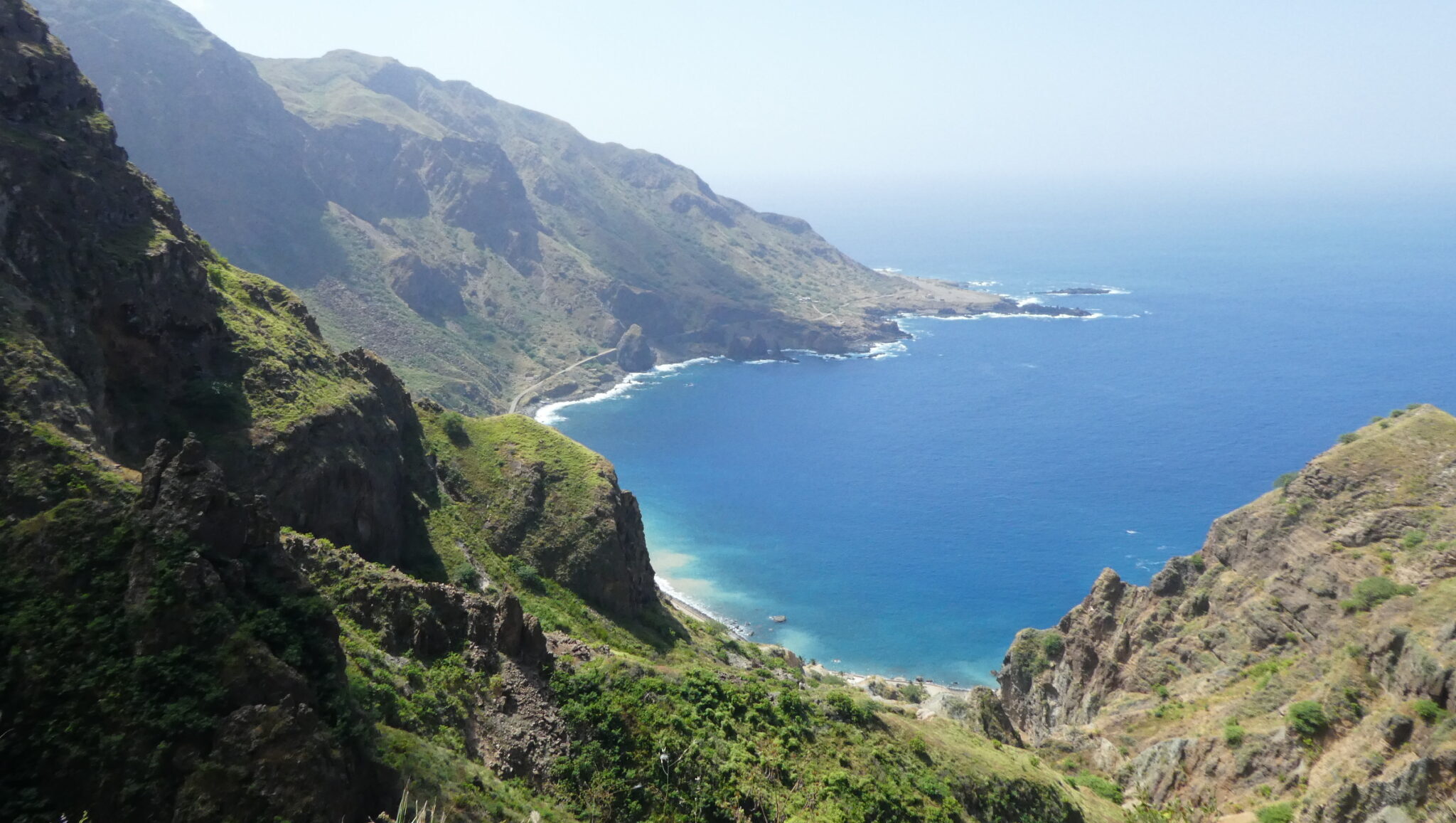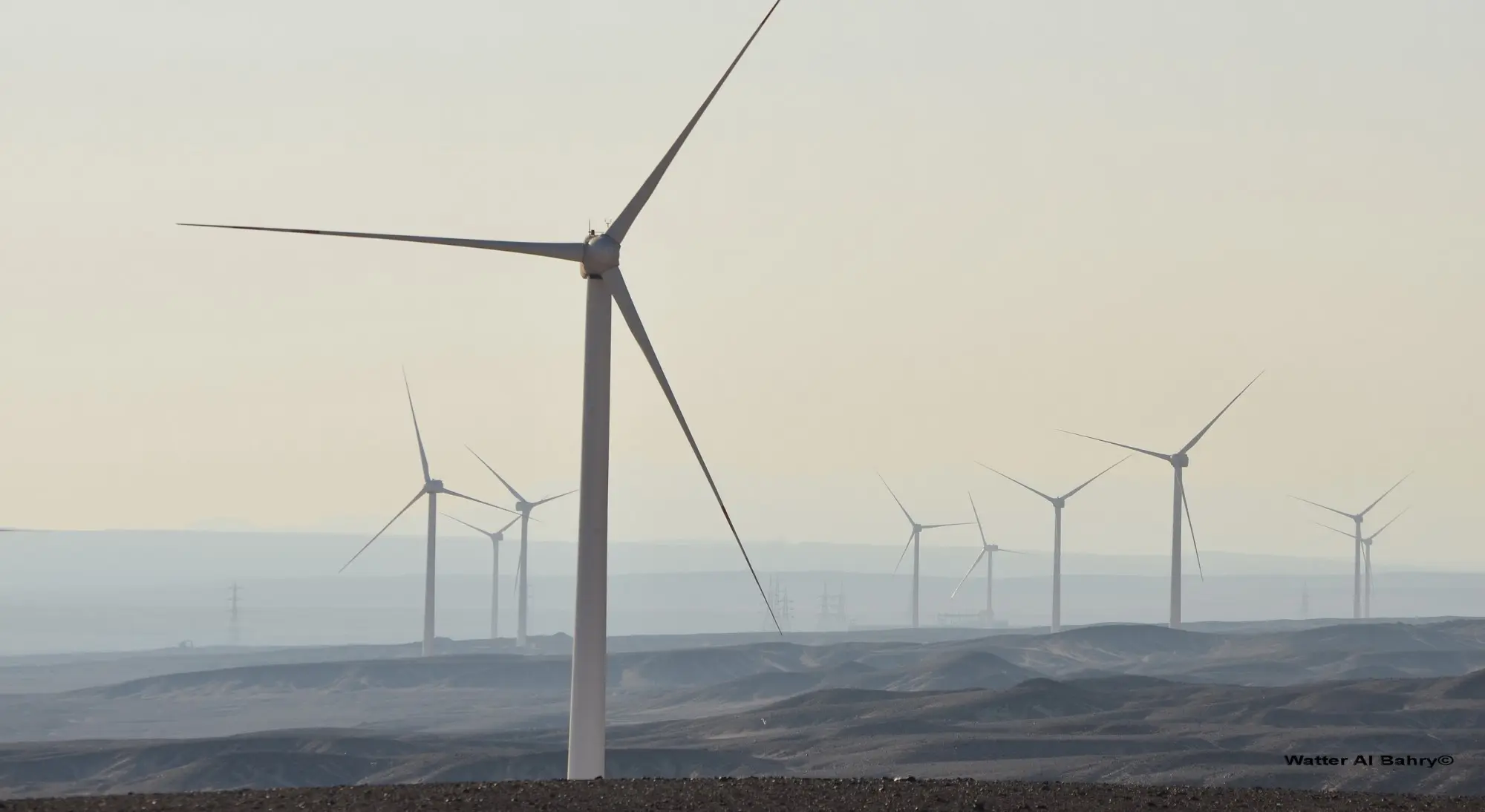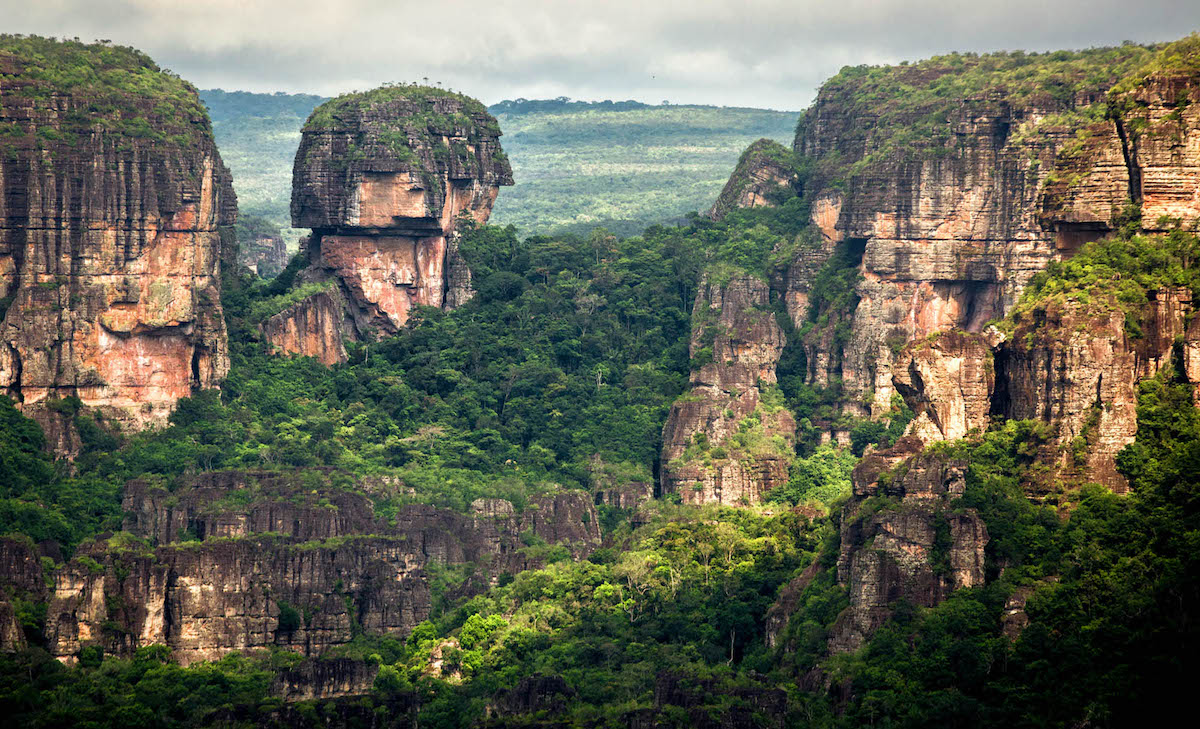Forging connections between countries and continents, migratory birds are symbols of hope and vitality across a myriad of cultures. Since time immemorial, these birds have braved mountains, oceans, deserts, and storms on their journeys. Their arrival and departure mark the arrival of the seasons and the time for planting and harvesting crops. They are symbols of fertility and vitality, and feature prominently in literature and the arts.
Soaring across migration routes called flyways, like super highways in the sky, billions of birds cross deserts, mountains and oceans during migration.
Migration is one of the great wonders of the natural world. Birds survive journeys covering thousands of kilometres across the world’s harshest environments, facing a myriad of threats on their way. How on earth do they do it?
Birds have to be clever about where, when and how they travel. They rely on vast networks of habitats that act as refuelling stations, where they can rest and gain energy. What connects these habitats are the flyways, the fastest, most energy efficient routes of choice for thousands of migratory birds!
These linked networks of habitats along the flyways are vitally important for all nature, including us. Millions of people rely on these places for their livelihoods, food, water and protection against severe weather. That’s why we are so passionate about protecting the flyways: they benefit everyone!
Birds rely on sites that provide enough food to nest and raise chicks, but as habitat, food availability, and weather all change with the seasons, birds must move from place to place to survive and thrive. A bird’s urge to migrate is hormonal, with the change in natural sunlight triggering their internal body clock to make them become restless, gather in flocks, and eat more food to stock up for the long journey ahead.
Nearly 10% of all migratory birds are threatened. To save the flyways we need to adapt, mitigate and overcome four major threats: climate crisis, habitat degradation, illegal hunting and collision with energy infrastructure. The international dimension of the threats and the need for conservation measures beyond national boundaries provide a powerful and compelling argument for why we must work together to protect the flyways.
By safeguarding the network of habitats along the flyways, we are protecting trees and plants that capture carbon, wetlands that provide food and shelter from storms, homes for insects that pollinate crops and water systems that provide clean, safe drinking water, as well as habitats for wildlife. It is not enough to protect one habitat in one location. We must protect connected habitats to preserve the natural systems that we rely on to survive.
Birds Connect Us
To simplify flyways geographically, here we represent four major flyways. These are not exact roadmaps but broad indicators; each grouping may include several more geographically specific names and they often overlap.

AFRICAN-EURASIAN FLYWAY
One of the world’s greatest flyways, the African-Eurasian flyway links cultures, landscapes and people across the great continents of Africa, Europe and Asia. With three major routes from the Artic to Southern Africa, the birds on this flyway are some of the most persecuted on the planet, with at least 10% threatened with extinction. BirdLife International and its partners throughout the region are working tirelessly to combat major threats including the illegal killing of birds, collisions with energy infrastructure and habitat loss.
Hero Species
Introducing the White Stork: Known as the bringer of life, hope and good fortune, these majestic birds love people and create huge nests on trees, poles or rooftops! After this painstaking effort, these birds make sure to return to their nests every year. White Storks are no stranger to the dangers on this flyway, affected over the past decade by habitat loss, collisions with power lines, and hunting.
500+
Species
100+
Countries
50+
BirdLife Partners
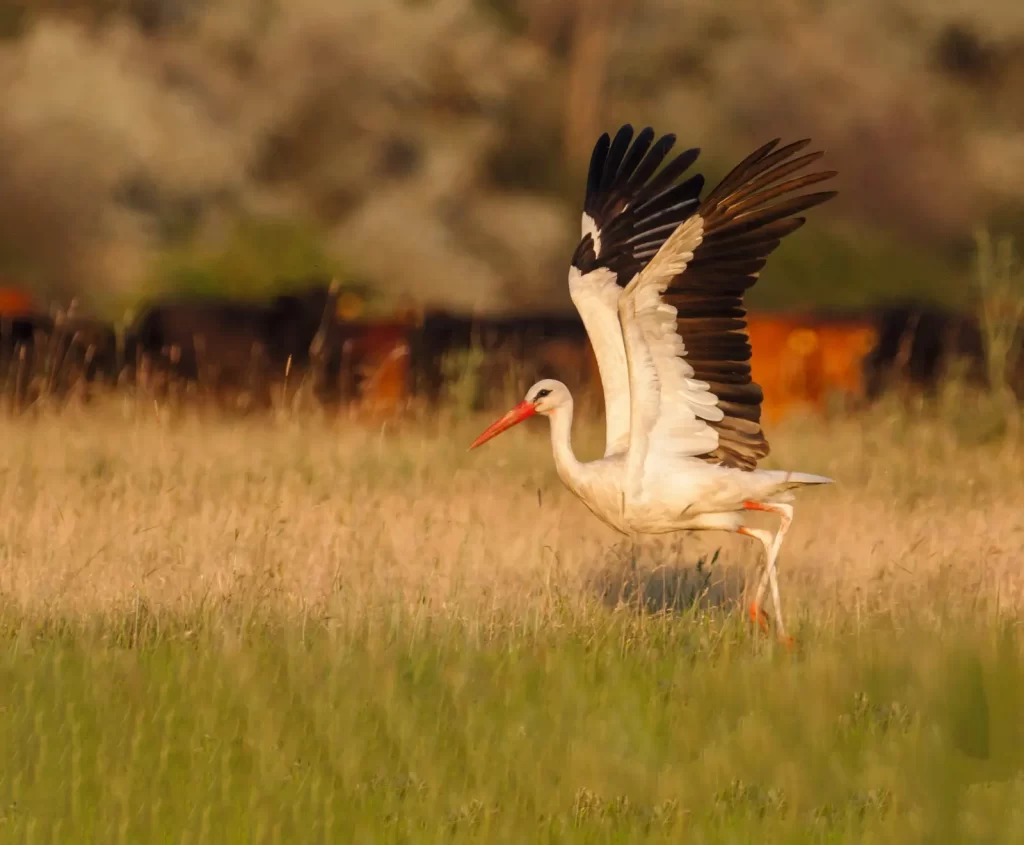
CENTRAL ASIAN FLYWAY
Although it’s the shortest of the world’s flyways, the Central Asia flyway is used by more than 600 migratory bird species. It also covers 30 countries, ranging from the cold of Siberia in the north to the tropical islands of the Maldives – some birds migrating in this area cross the mighty Himalayas many times throughout their lifetime! More than 48 species that use the Central Asian Flyway are globally threatened and 40% are in decline. BirdLife Partners in the region work together to provide safe havens for migratory species, fighting the impacts of hunting, habitat degradation, human disturbance and climate change.
Hero Species
With striking black stripes and a bright yellow beak, the Bar-headed Goose is an impressive migratory bird! Between 97,000-118,000 Bar-headed Geese cross the Himalayas (including over Mount Everest) several times throughout their lives. They have special physical adaptations to survive this incredible altitude and choose specific times of day to fly when the air is cooler and denser.
600+
Species
30+
Countries
8
BirdLife Partners
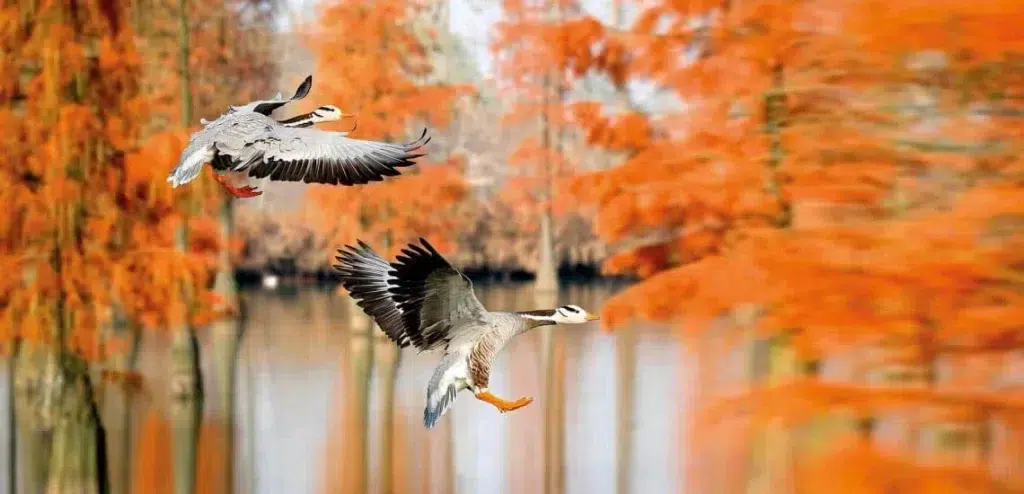
EAST ASIAN-AUSTRALASIAN FLYWAY
The East Asian-Australasian Flyway is the most densely populated flyway in the world, supporting almost 2 billion people! It also incredibly species-rich with 600 bird species traversing across its 37 countries from Alaska to Southeast Asia, Australia and New Zealand. BirdLife International’s Flyways Initiative with the Asian Development Bank will mobilise $3 billion to protect 50 priority wetland sites within the zone, benefitting both the migratory birds and nearly 200 million people who rely on these ecosystems for their livelihoods.
Hero Species
Although the East Asian-Australasian Flyway hosts a huge array of birds, you can also find some of the most endangered birds in the world on this unique flyway. The Spoon-billed Sandpiper is a gorgeous wader, so named for its uniquely shaped beak specially designed for feeding on marine invertebrates! Despite being less than 800 spoon-billed sand pipers left in the world, a huge conservation effort to save them is underway so there is still hope yet for spoonie!
600+
Species
37
Countries
15+
BirdLife Partners
AMERICAS FLYWAY
The Americas Flyway is the most species-rich in the world, impressively hosting over 2000 different bird species! Spanning the continent from Tierra del Fuego in Southern Argentina to the Arctic Circle in the North, the Americas Flyway contains three migratory routes that cross 35 countries. 90 species on this flyway are globally threatened. BirdLife International is working with Audubon (BirdLife Partner in the USA) and CAF (The Development Bank of Latin America) to pioneer blended financing to protect vast areas across the flyway. The Americas Flyway initiative will mobilise funding to protect 30 sites across the migration routes, protecting birds, their habitats and the people who depend on them.
Hero Species
The Rufous Hummingbird is a small but mighty migrant! At just 3 inches long, this brightly coloured bird flies over 3000 miles on their migration journey! They also have a fantastic memory, remembering where to find food even one year later, and are fiercely territorial fighting off larger species that venture too close.
2000+
Species
35
Countries
14+
BirdLife Partners
